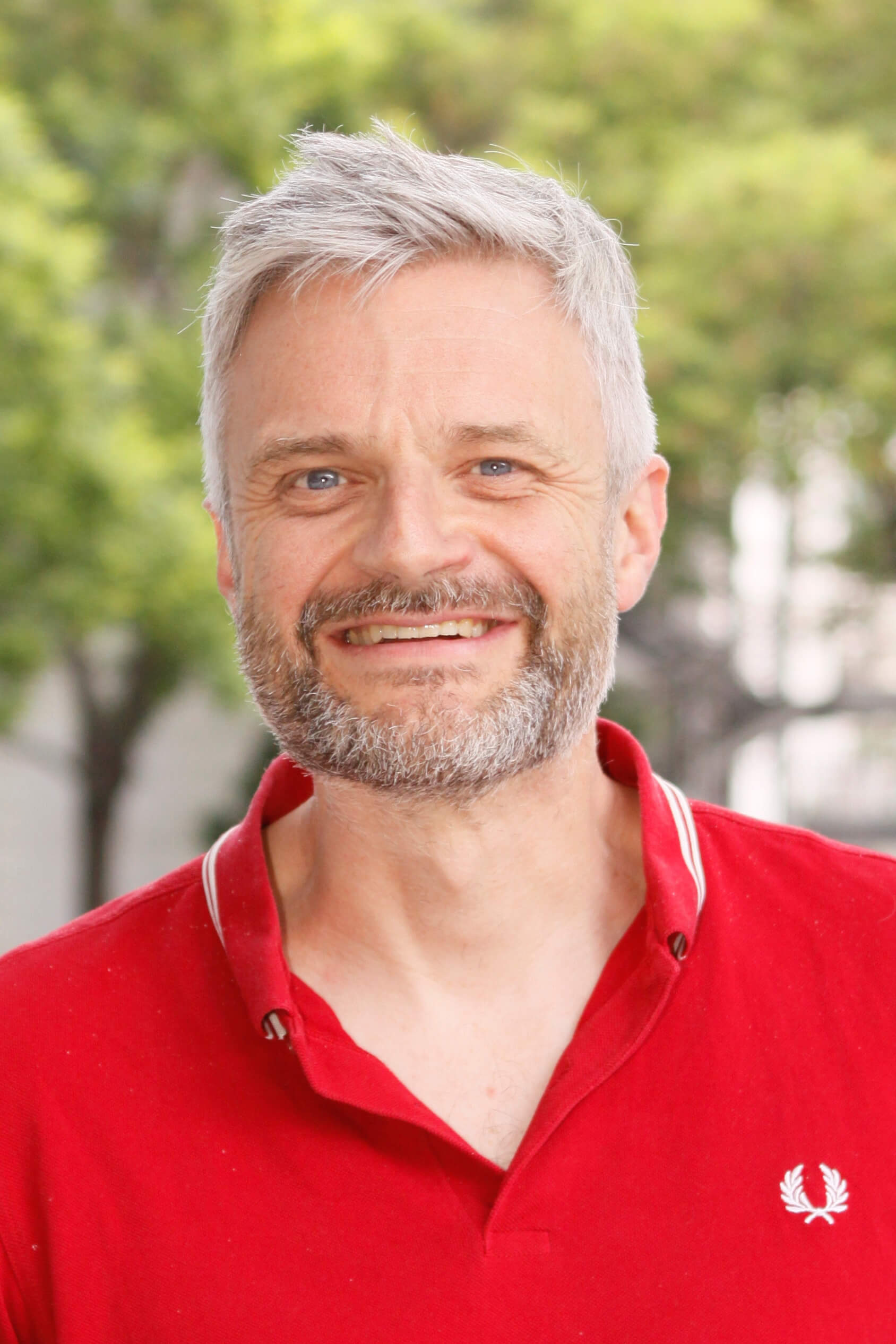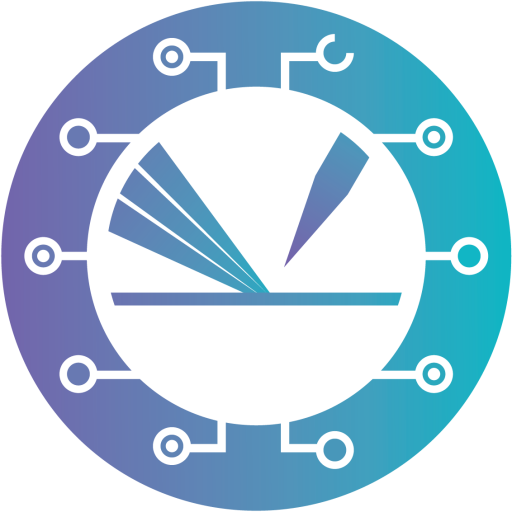
Research interests
My research is focused on electronic structure methods and predictive calculation of materials properties. I contribute to the DFT codes WIEN2k and GPAW, and develop new density functional theory methods with special focus on augmented plane-wave basis sets and density functional approximations beyond the generalized gradient approximation. Machine-learning methods based on regression and cluster analysis are used to take advantage of experimental data or data produced with high-level wave-function theory.
A further focus point is predictive scale-bridging transport calculations. With the mean free path of heat carrying phonons being in the micrometer range, extending the ab-initio modelling of thermal transport to the mesoscale level is a necessity for the predictive treatment of devices. With special focus on power electronics and thermoelectric materials I am developing a scale-bridging framework based on atomistic Green’s functions and variance-reduced Monte Carlo. I distribute the BoltzTraP codes and are partners in the almaBTE consortium. Using ab-initio methods I employ the calculated thermochemistry and properties to discover and understand new materials. With the advent of automated atomistic simulations, the incorporation of shared data-repositories and machine learning methods in materials design projects can significantly speed up the process. Special focus is put on defects in semiconductors and transition metal oxides and transport properties as well as 1D and 2D materials.
Most relevant scientific results
- Co-authored several highly-cited scientific computer codes including WIEN2k, GPAW and BoltzTraP. Most recently, almaBTE and BoltzTraP2 for the predictive treatment of transport properties have been published [1, 2].
- Showed how the subsurface electron donating defects can explain defect states associated with the reactivity of single crystal rutile TiO2 surfaces [3].
- Applied defect thermochemistry to predict and experimentally realize new thermoelectric materials [4] as well as explain the dramatic increase of charge carriers in SnSe at 700 K [5].
- Discovered the exceptionally strong phonon scattering of substitutional Boron point defects in SiC [6] and showed how the concept can be generalized to complex defect structures in doped GaAs [7] opening a completely new route to manipulate the properties of semiconductor structures.
- Used machine learning methods to pioneer diverse applications such as discovery of new stable phases [8], prediction of vibrational properties [9] and interatomic potentials for prediction of thermal conductivity [10].
Career
- 2016–present: Full Professor of Theoretical Chemistry
- 2009–2016: Group leader at ICAMS, Ruhr-Universität Bochum, Germany
- 2002–2009: Aarhus University, Denmark
- 1999–2002: Postdoc, Department of Chemistry, TU Wien
Education
- 1999: Ph.D., Dept. of Chemistry, Aarhus University, Denmark




